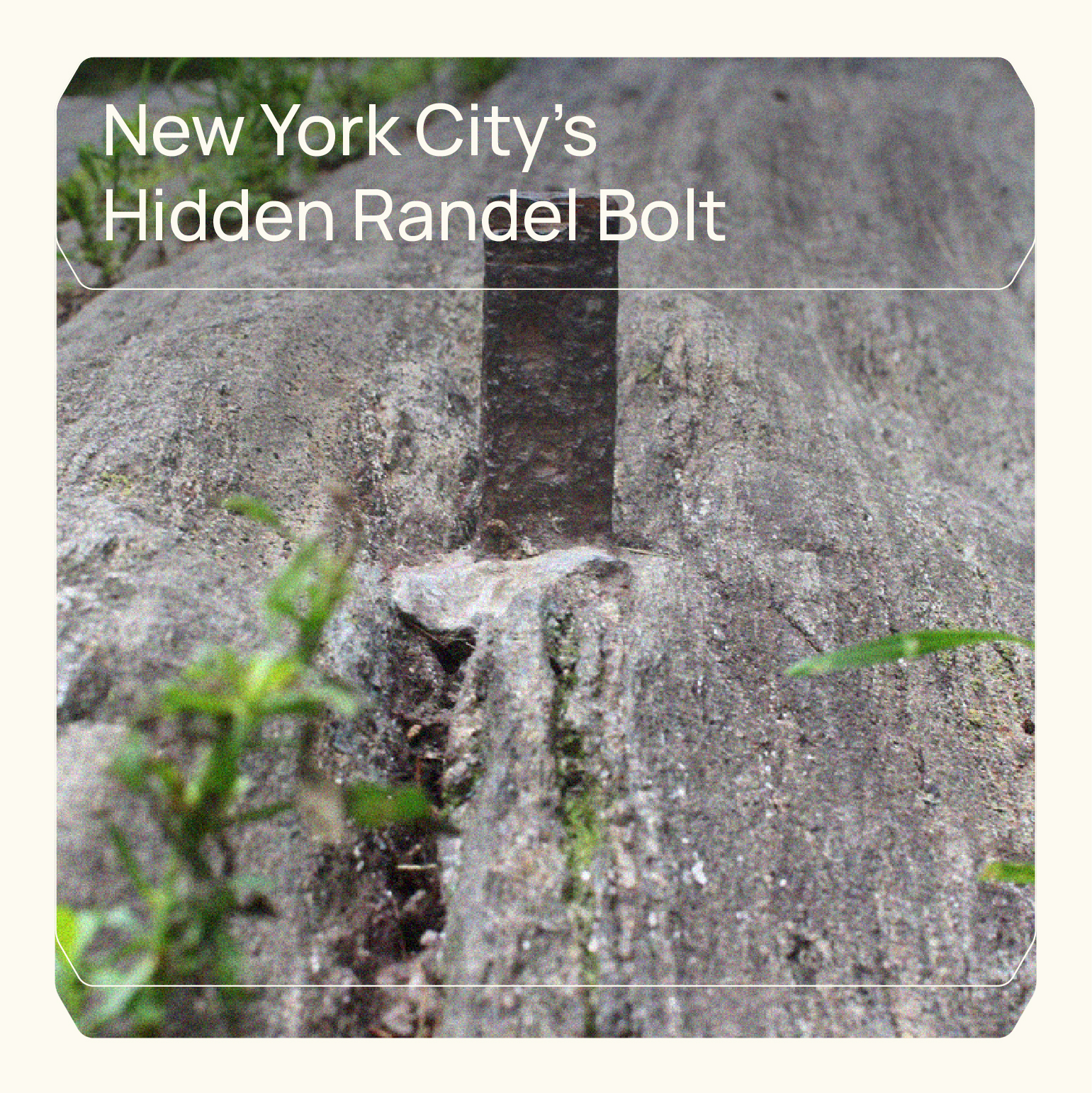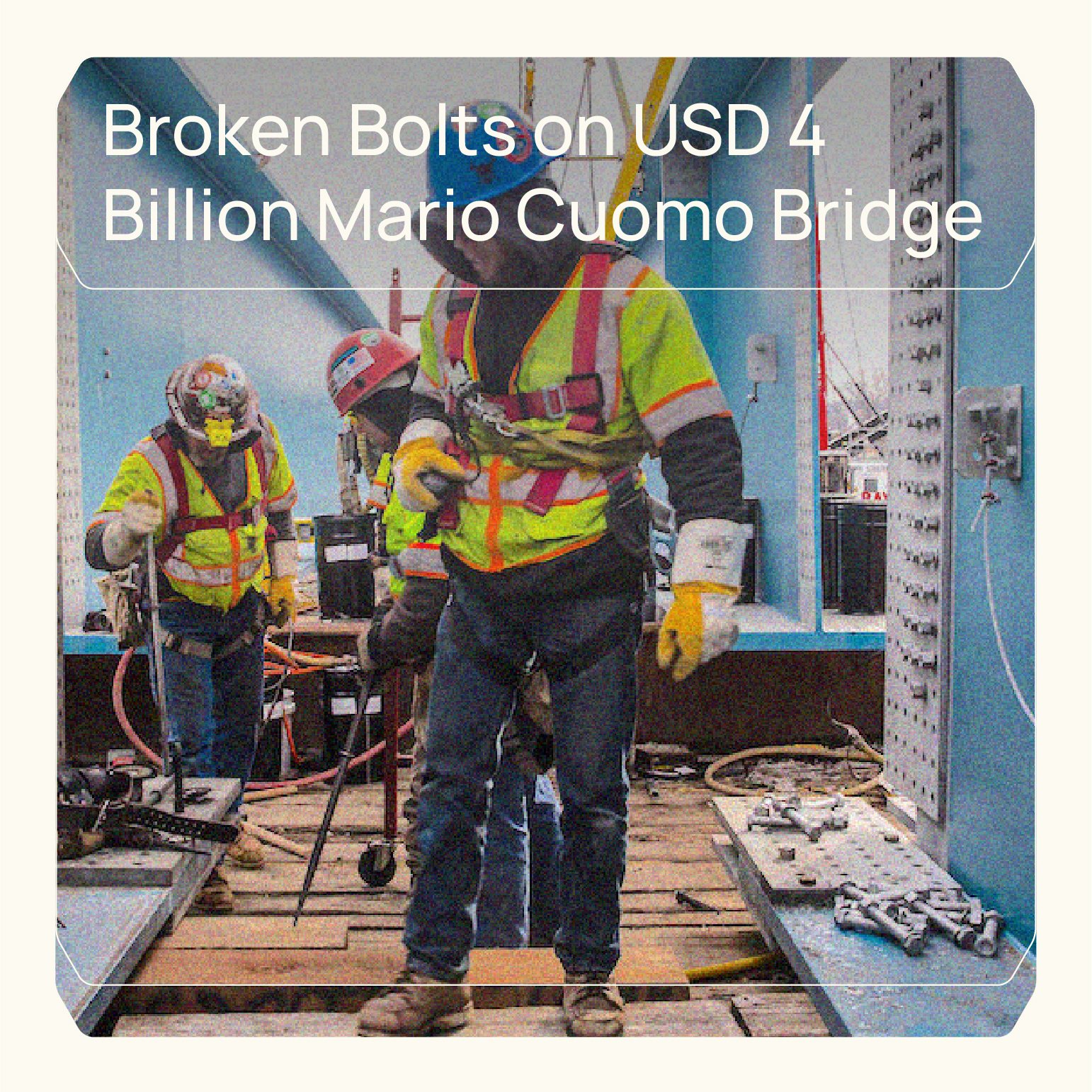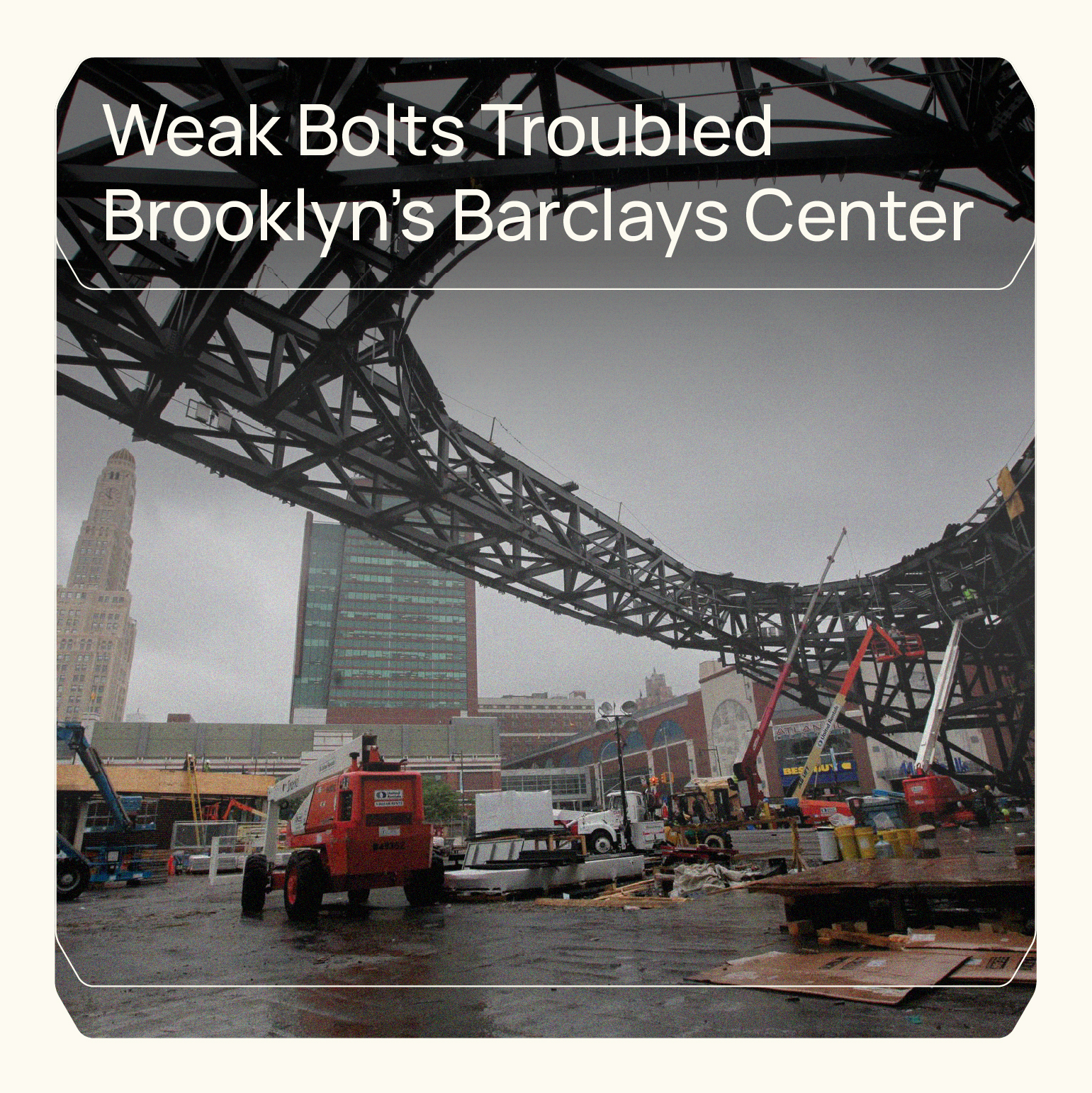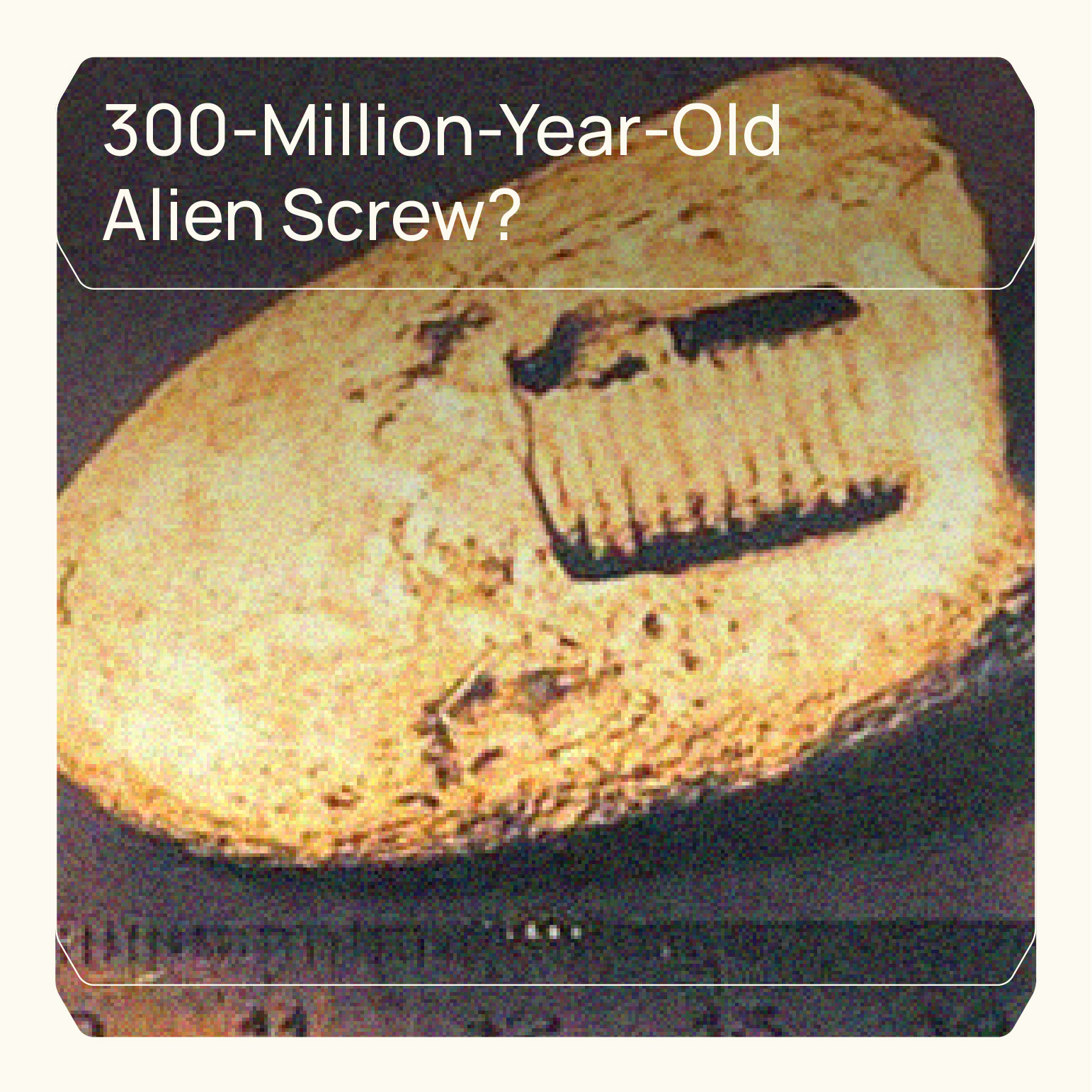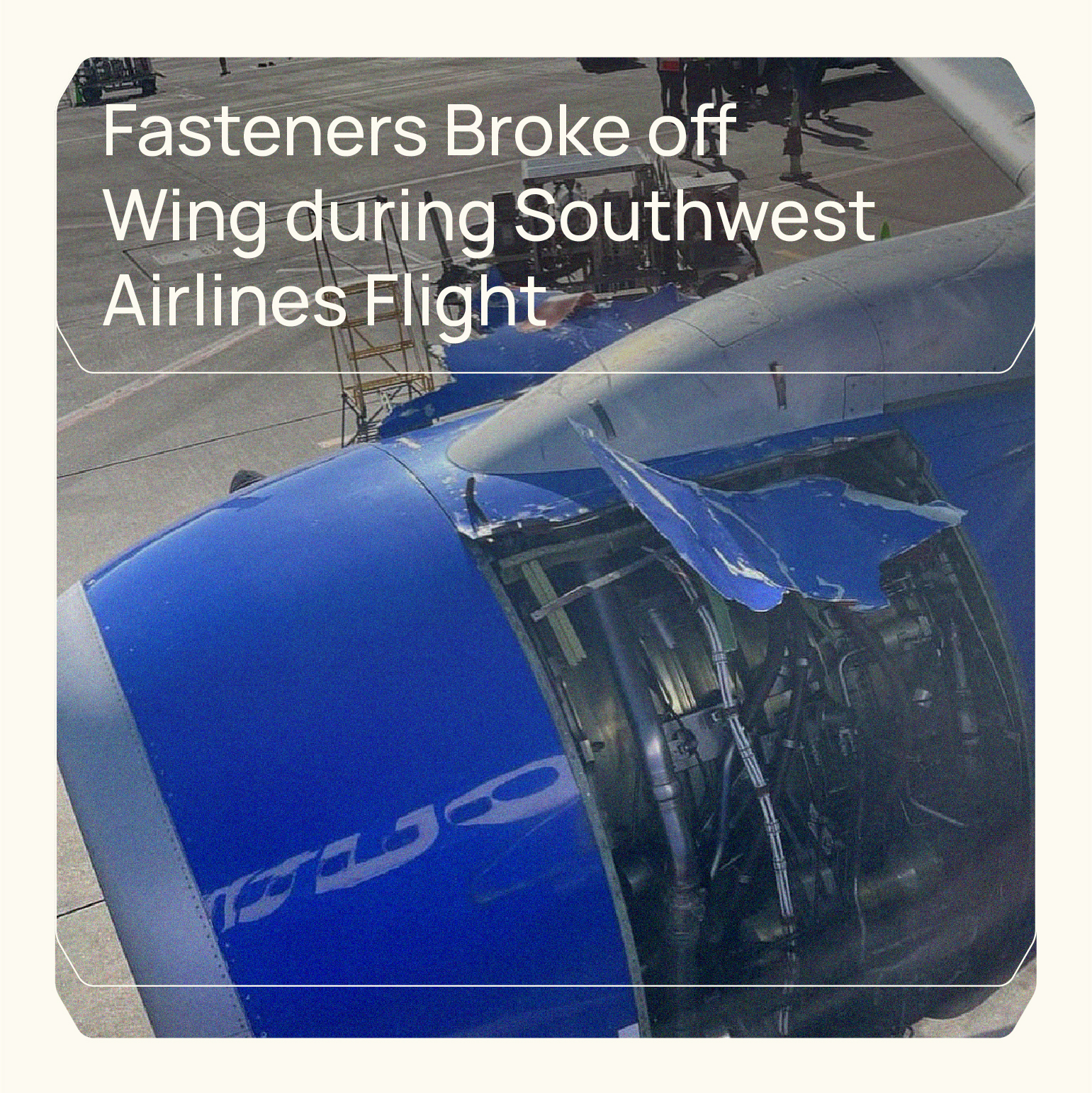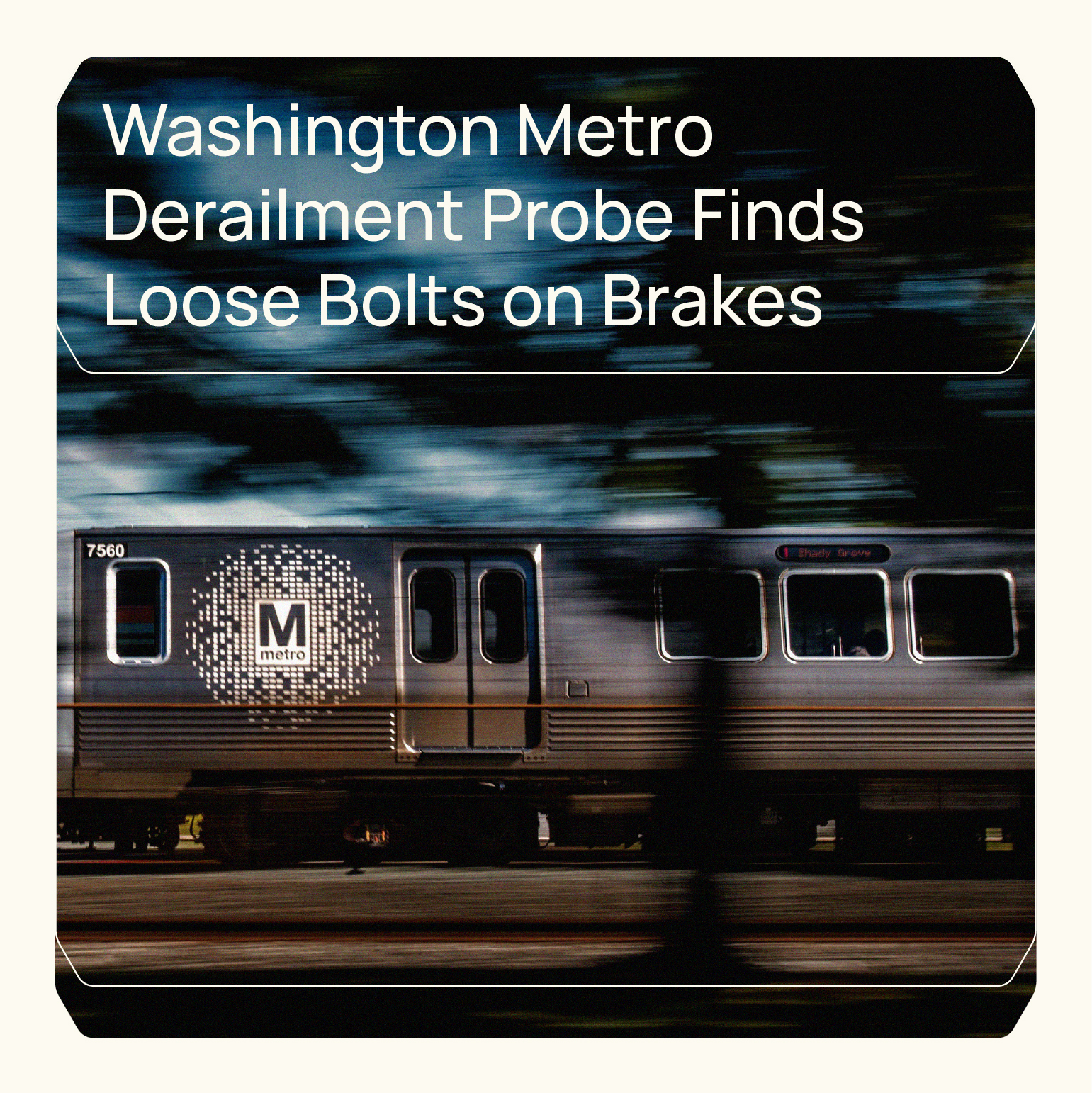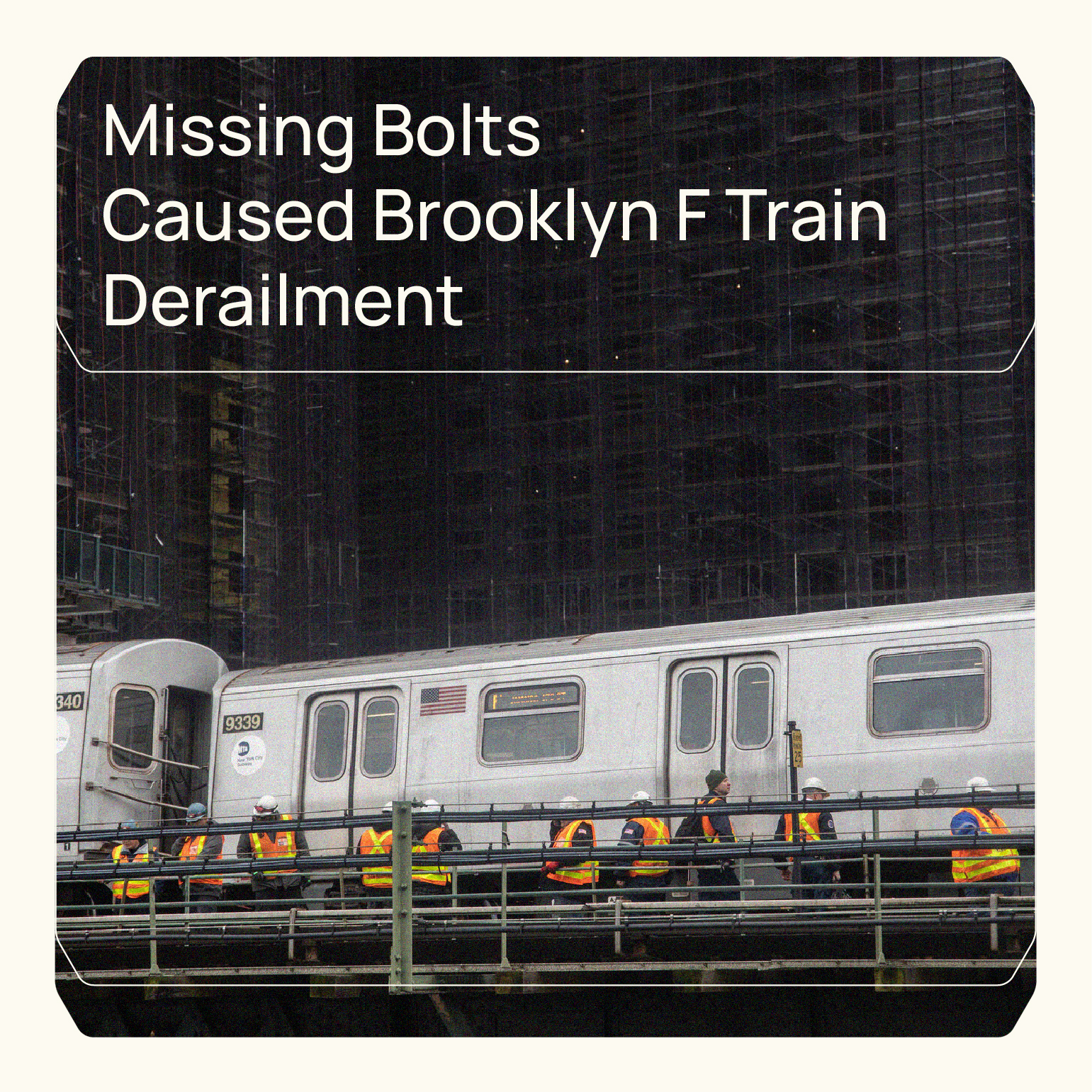Tsamouris, the Fastener Specialists©
In the early 1800s, surveyor John Randel Jr. embarked on a monumental task: transforming New York City
into the orderly, gridded metropolis we know today. Armed with metal bolts and marble slabs, Randel Jr.
traversed the island, marking nearly 1,000 proposed intersections. Despite facing opposition from angry
landowners and enduring countless setbacks, his vision laid the foundation for modern Manhattan.
Today, finding Randel Jr.’s original bolts has become a treasure hunt for history buffs and surveying
enthusiasts. The only authenticated bolt, discovered in Central Park in 2004 by geography professor Reuben
Rose-Redwood and surveyor J. R. Lemuel Morrison, remains a closely guarded secret to protect it from theft
or damage.
These bolts represent more than just historical artifacts; they symbolize the “politics of mapping” and the
complex relationship between progress and personal loss. While the grid system ushered in a new era for
New York City, it also meant the destruction of homes and livelihoods for many Manhattanites.
Intrepid explorers continue to scour the city’s parks, armed with Randel Jr.’s old maps and a keen eye for the
unusual. Rumors of additional bolts and even a surviving marble monument circulate among the surveying
community, but the Central Park bolt remains the only officially recognized relic.
At Tsamouris, we highlight the significance of these hidden treasures and the stories they tell about the
evolution of our cities. Our commitment to providing high-quality fasteners is rooted in the belief that even
the smallest components can play a crucial role in shaping the world around us.
